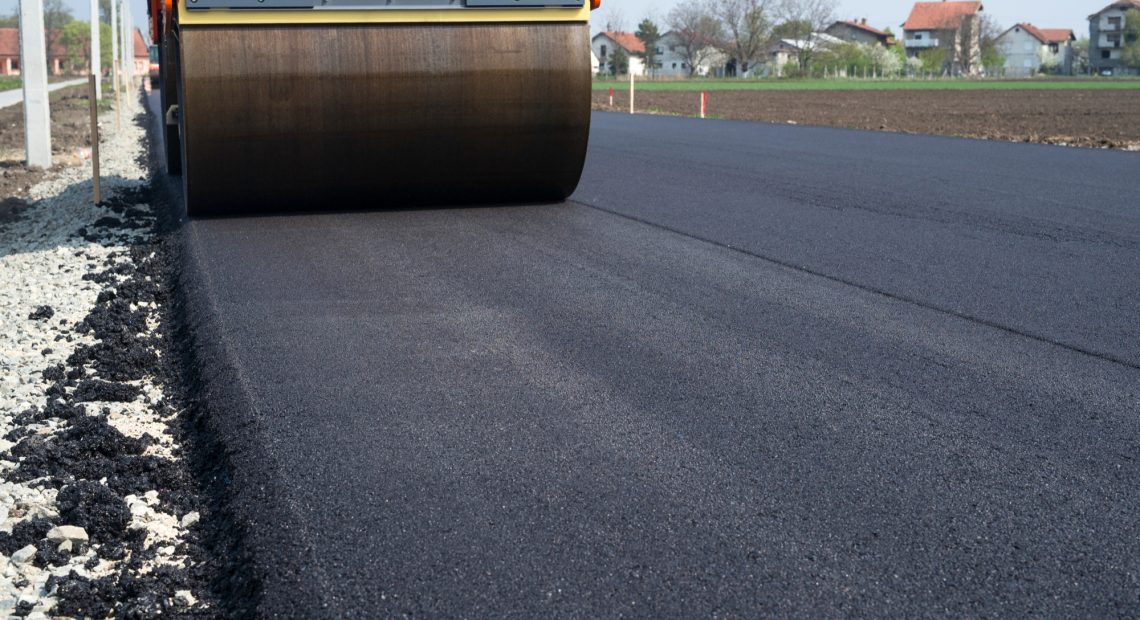
Decline in Highway Construction Highlights Infrastructure Challenges
India’s highway construction has seen a 6.6% year-on-year decline in the current fiscal year, signaling persistent challenges in the country’s ambitious infrastructure development plans. As of November, the Ministry of Road Transport and Highways reported that 4,987 kilometers of national highways were constructed, compared to 5,341 kilometers during the same period last year.
Land Acquisition and Weather Delays
Key factors contributing to the slowdown include delays in land acquisition, a critical component of infrastructure development, and adverse weather conditions during the monsoon season. Despite these hurdles, the government remains focused on achieving its target of constructing 12,500 kilometers of national highways by the end of the fiscal year.
However, achieving this target requires an average construction pace of 36 kilometers per day for the remaining months, a significant increase compared to the current pace of 23 kilometers per day.
Increased Budget Allocation for Infrastructure
The government has emphasized its commitment to enhancing infrastructure by allocating ₹10 lakh crore for capital expenditure in the Union Budget 2024-25, the highest-ever allocation. A substantial portion of this funding is dedicated to the road and highways sector, reflecting the government’s priority for developing a robust transportation network to support economic growth.
Focus on Accelerated Execution
Industry experts suggest that streamlining land acquisition processes and expediting clearances for ongoing projects could help boost construction rates. Additionally, adopting modern construction technologies and improving coordination between central and state agencies are vital to overcoming delays.
The highway construction sector plays a critical role in connecting remote areas, reducing transportation costs, and fostering regional development. While the current slowdown presents challenges, the government’s focus on accelerating projects and addressing bottlenecks is expected to drive future growth in this key infrastructure segment.


















